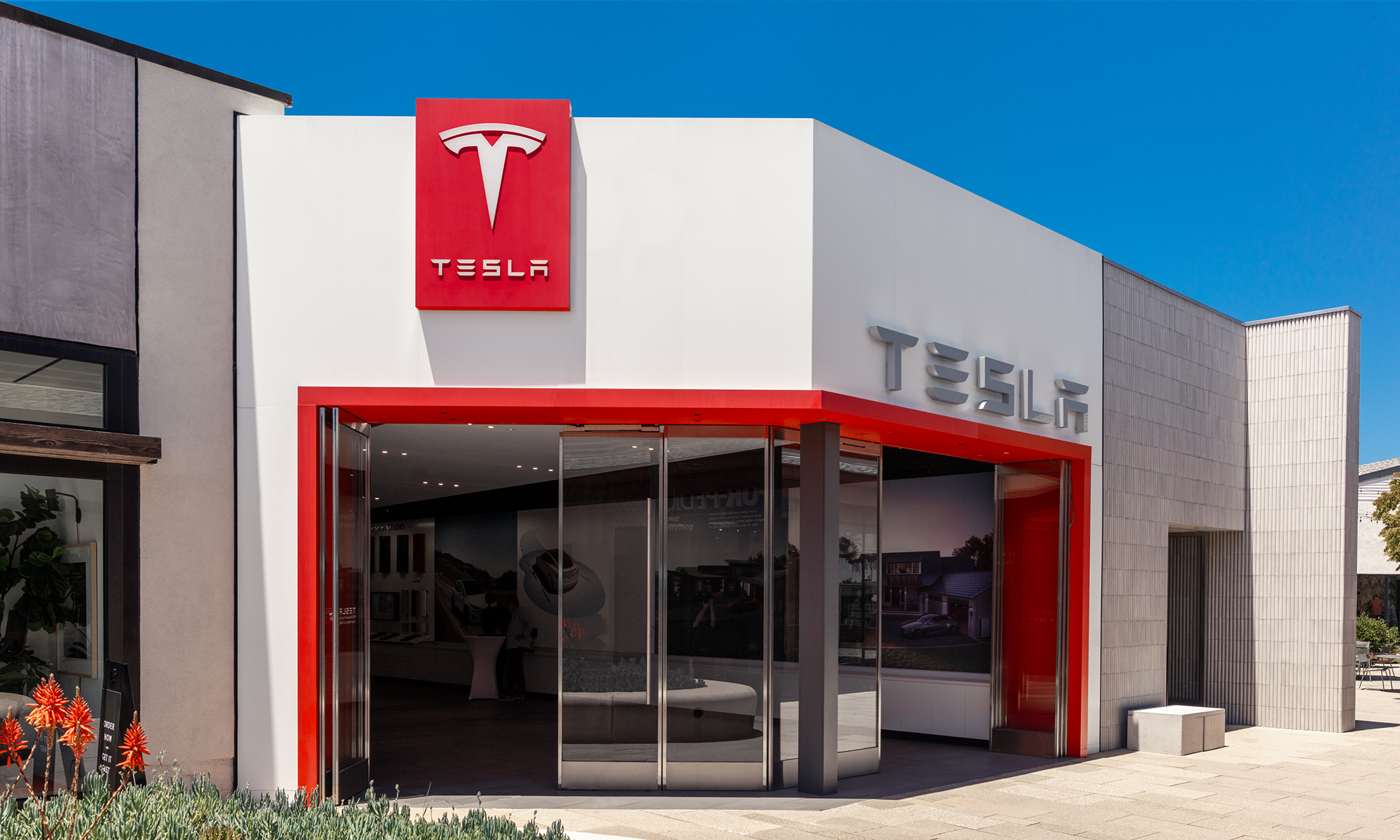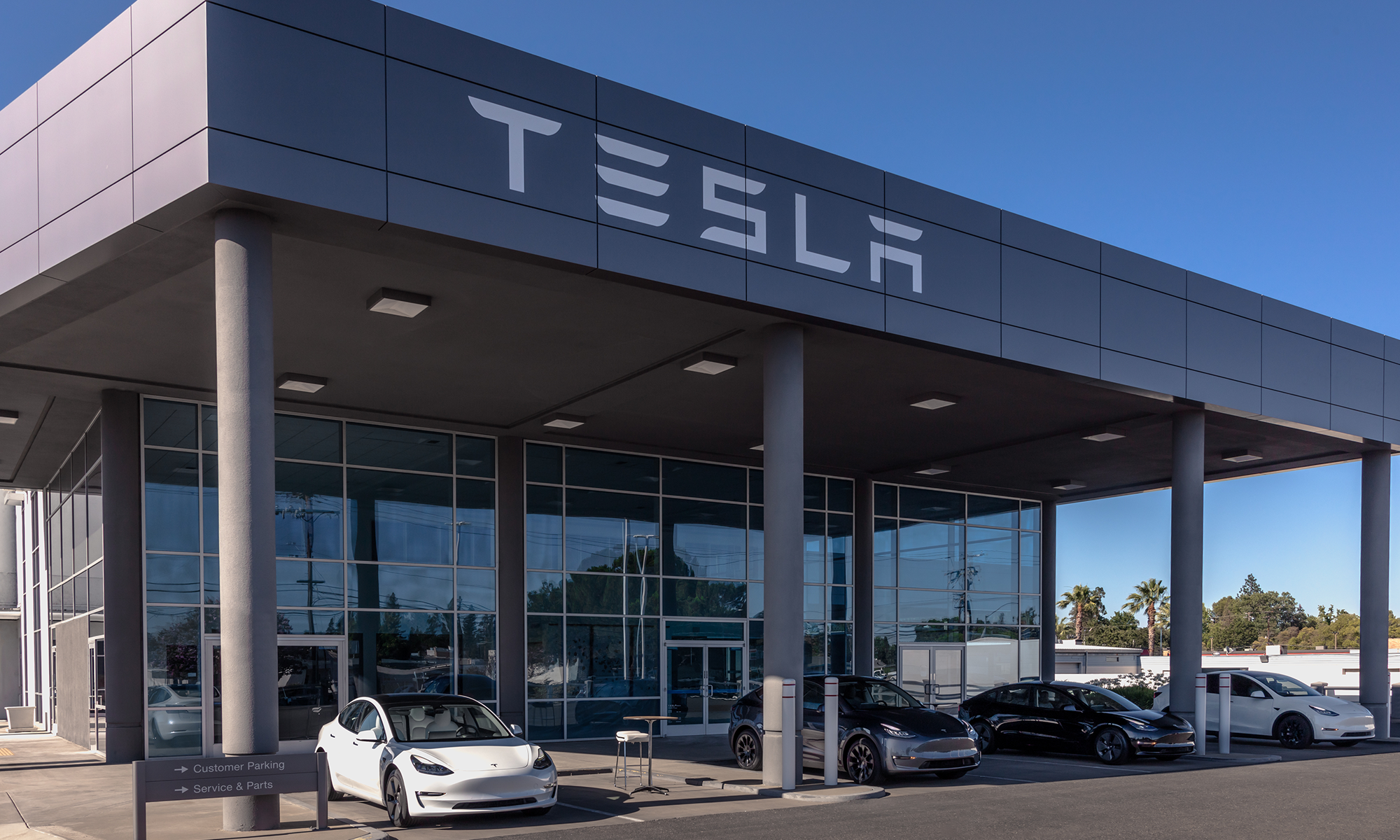This is an important year for Tesla (TSLA +0.09%). Management expects vehicle deliveries to increase by 45% to 65% this year compared to last year as the electric-car company begins delivering Model 3 in overseas markets. In addition, Tesla is aiming for full-year profitability and positive free cash flow.
You can bet investors will be watching to see if the auto company will follow through on its ambitious plans. Solid execution would further Tesla's lead in the fast-growing electric-vehicle market. Stumbling on its aspirations, however, could raise doubts about the company's ability to sustainably produce vehicles at higher volumes. With so much on the line, investors may want more insight into some of management's priorities these days.
On this note, here's a look at two important topics discussed during Tesla's most recent earnings call.

Model 3. Image source: Tesla.
Improving service
Soaring vehicle sales have put pressure on Tesla's service network -- and CEO Elon Musk is well aware of it. With trailing-12-month vehicle deliveries up 138% year over year in 2018 thanks to the company's Model 3 production ramp, the electric-car maker has a much bigger fleet to service than it did a year ago. This means improving service has to be a top priority, Musk said.
"I want to note that one of our major priorities this quarter is improving service operations," he said in the company's fourth-quarter earnings call. "So really, from my standpoint, when I think about what my priorities are this quarter, it's improving service in North America. That's No. 1."
Check out the latest Tesla earnings call transcript.
Some of the actions Tesla is taking to better service its fleet include moving to two-shift operations, simplifying service processes, adding a self-scheduling capability to the Tesla App, deploying more mobile service vehicles, and improving the availability and delivery time of spare parts.
Tesla's edge in autonomous vehicle technology
When asked about how Tesla plans to stay competitive with self-driving competitors like Alphabet's Waymo, Musk implied that the company's competitive advantage may be underestimated.
Autonomous driving is a major initiative for Tesla, right behind the company's main goal to accelerate the advent of sustainable energy, according to Musk. "This has the potential to save millions of lives, tens of millions of serious public injuries and give people their time back, so that they don't have to drive, they can -- if you're on the road, you can spend time doing things that you enjoy instead of being in terrible traffic," he said.
The company is making significant progress on this front, explained Musk, by including a 360-degree camera sensor suite, radar, and ultrasonics in every vehicle it ships. This enables it to continuously train its vehicles for autonomous driving. Indeed, Musk believes that all the miles of autonomous vehicle training from the rest of the world's self-driving sensor-equipped vehicles combined amounts to just 5% of the training miles Tesla's vehicle fleet has accumulated. He said, "And this difference is increasing. A year from now, we'll probably go -- certainly from 18 months from now, we'll probably have 1 million vehicles on the road... -- and every time the customers drive the car, they're training the systems to be better. I'm just not sure how anyone competes with that."
Furthermore, Tesla believes its self-driving technology may improve enough around the end of this year to be safe for a fully self-driving mode. But Musk also emphasized that "it's up to regulators to decide when they want to approve that."
Of course, there are plenty more key takeaways from Tesla's earnings call. So investors may want to comb through a transcript of the discussion and see what they what else they can uncover. But these two topics -- Tesla's prioritization of service and management's view of its edge on self-driving technology -- provide some important insight into developments the company will be working on in 2019.






